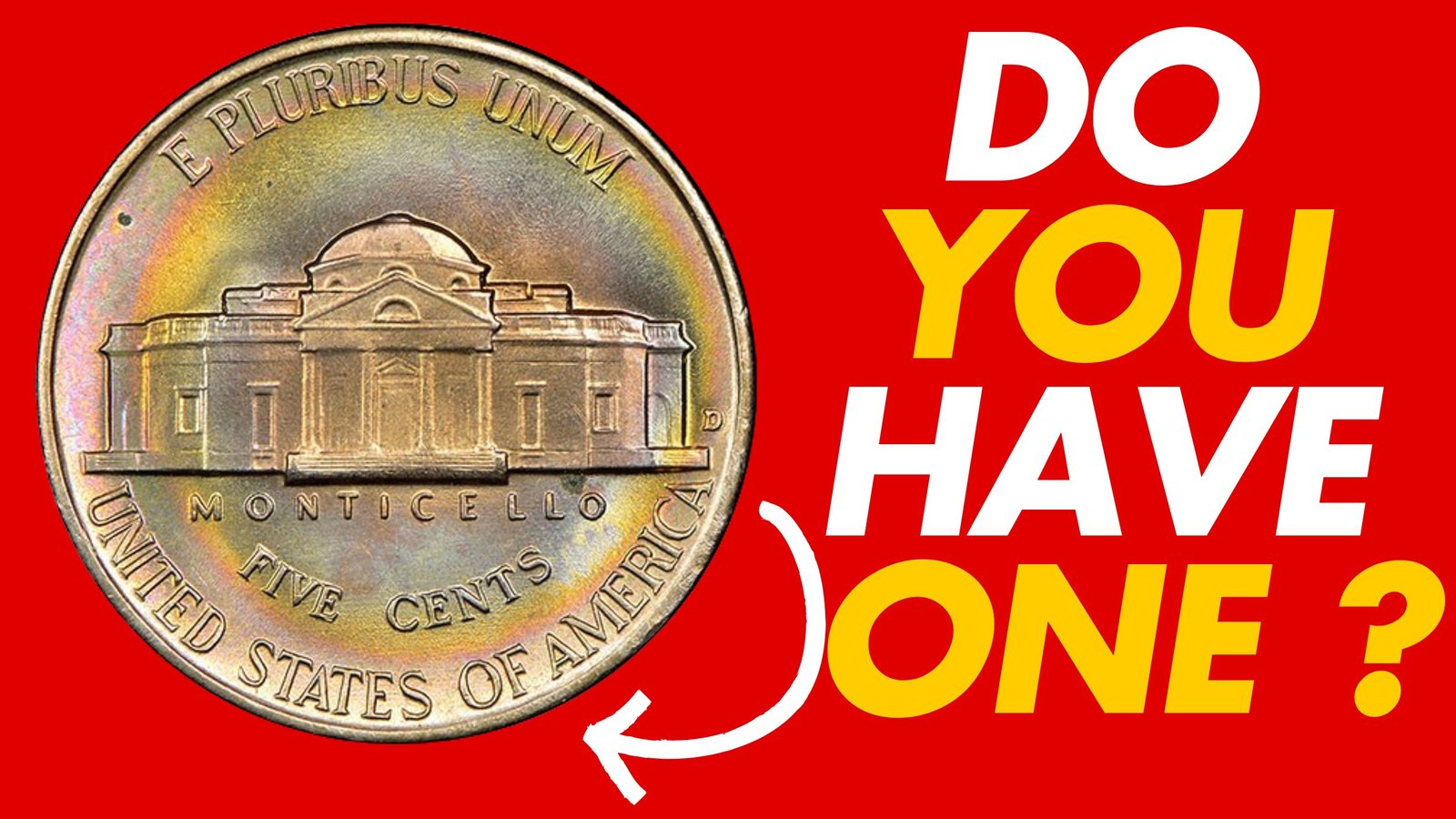The Buffalo Nickel That Sat in a Piggy Bank for 30 Years : In the dusty corner of a Midwestern attic, nestled inside a ceramic piggy bank with a chipped ear and faded paint, a small piece of American history lay forgotten for three decades: a Buffalo nickel. To most, it was just a five-cent coin, part of the everyday jingle of pocket change. But to numismatists and history buffs alike, the Buffalo nickel represents a bygone era of rugged American spirit, frontier symbolism, and artistic ingenuity.
A Coin Born of American Identity
The Buffalo nickel, officially known as the Indian Head nickel, was minted from 1913 to 1938. It was designed by sculptor James Earle Fraser, who wanted to create a coin that was unmistakably American. The obverse featured the profile of a Native American chief, a composite of several tribal leaders, while the reverse showcased the image of an American bison—often believed to have been modeled after “Black Diamond,” a bison at the Bronx Zoo.
Its design was bold and distinctive, standing out among U.S. coinage of the time. However, its raised details made it prone to rapid wear, and by 1938, it was replaced by the Jefferson nickel. Despite its relatively short circulation period, the Buffalo nickel left a deep cultural imprint.
The Forgotten Treasure
For the Smith family of rural Illinois, the Buffalo nickel was just another coin dropped into a childhood piggy bank sometime in the early 1990s. The bank—a gift from a grandmother—served its purpose over the years, slowly filling with coins from birthday cards, vending machines, and couch cushions.
No one thought much of the bank until a recent spring cleaning prompted the now-adult owner to finally crack it open. Among the handfuls of pennies and dimes was a well-worn, slightly tarnished nickel bearing the unmistakable profile of a Native American and a heavily faded date.
After a bit of research and a trip to a local coin dealer, the truth emerged: the coin was a 1916 Buffalo nickel, one of the earlier issues. Though not in mint condition, its historical significance and rarity made it worth considerably more than five cents—closer to $50 in its current state, and potentially much more if it had retained finer details.
More Than Just Money
What makes this story so compelling isn’t just the coin’s monetary value, but what it represents. The Buffalo nickel spent decades quietly tucked away, a silent witness to changing times. It survived recessions, technological booms, and the transformation of American currency. When it finally resurfaced, it sparked a moment of reflection—a reminder of how the everyday objects we overlook can carry rich stories and cultural legacy.
For collectors, the tale reinforces an enduring truth: you never know where history might be hiding. That worn-out jar of coins in the kitchen or the childhood piggy bank gathering dust in the attic might just hold a piece of the past.
Legacy in Metal
Today, the Buffalo nickel remains a favorite among coin collectors, not only for its aesthetic beauty but for the story it tells about America’s evolving identity in the early 20th century. And as for the Smith family’s rediscovered treasure, it’s now carefully preserved in a display case—no longer buried in ceramic, but celebrated as a piece of living history.
In the end, the Buffalo nickel that sat in a piggy bank for 30 years became more than just an old coin. It became a bridge between generations, a reminder that even in the most ordinary places, extraordinary discoveries await.
FAQs: The Buffalo Nickel That Sat in a Piggy Bank for 30 Years
1. What is a Buffalo nickel?
The Buffalo nickel, also known as the Indian Head nickel, is a five-cent coin minted in the United States from 1913 to 1938. It features a Native American on the obverse (front) and an American bison (buffalo) on the reverse.
2. Why is the Buffalo nickel significant?
The Buffalo nickel is admired for its bold, uniquely American design created by sculptor James Earle Fraser. It symbolizes the frontier spirit and the rich cultural history of the United States.
3. How did a Buffalo nickel end up in a piggy bank for 30 years?
In this story, a family unknowingly placed the coin in a childhood piggy bank during the early 1990s. It remained there, forgotten, until the bank was opened decades later during a spring cleaning.
4. Is a Buffalo nickel valuable today?
Yes, depending on the year, mint mark, and condition, a Buffalo nickel can be worth anywhere from a few dollars to several thousand. Common dates in worn condition may fetch $1–$5, while rare varieties in excellent condition can be worth much more.





